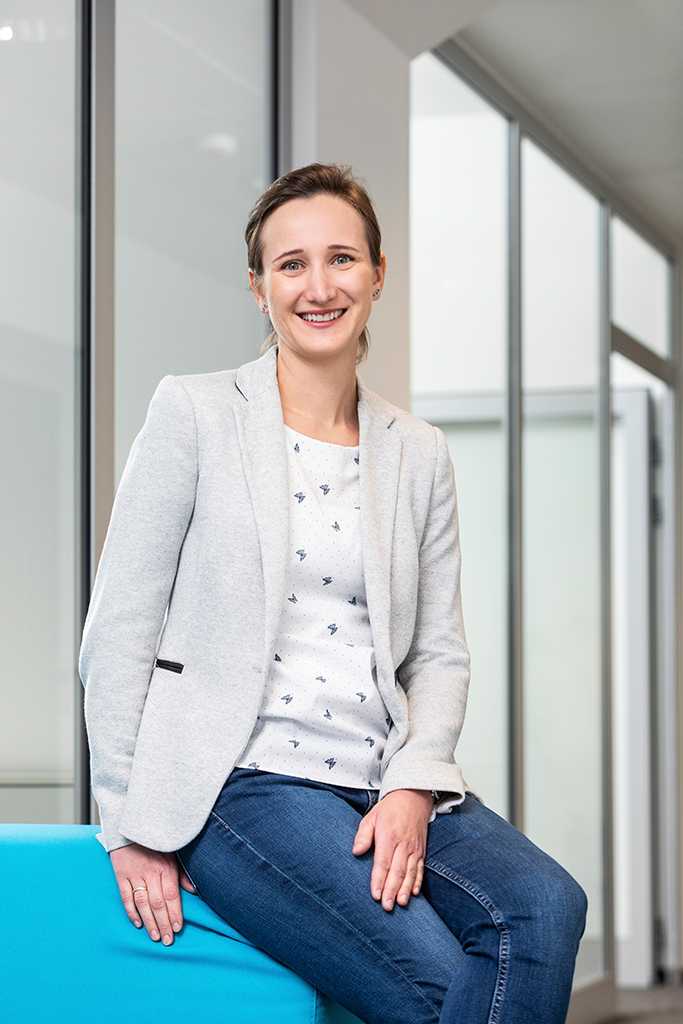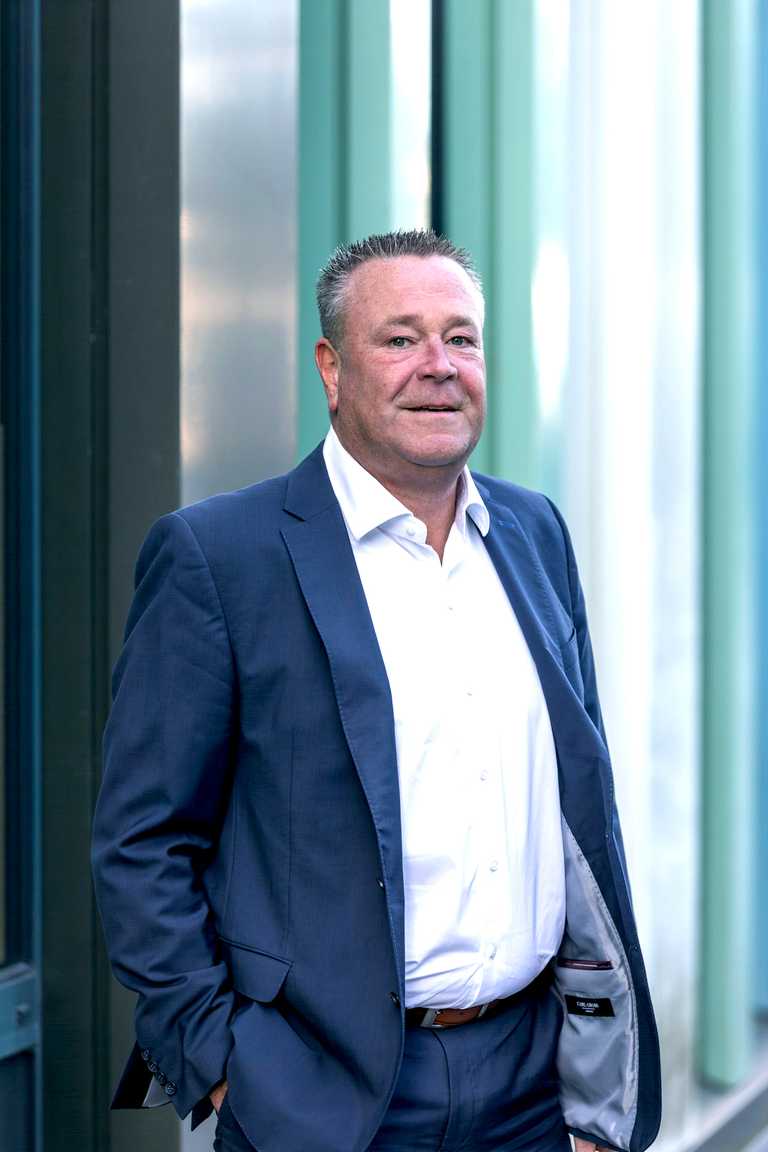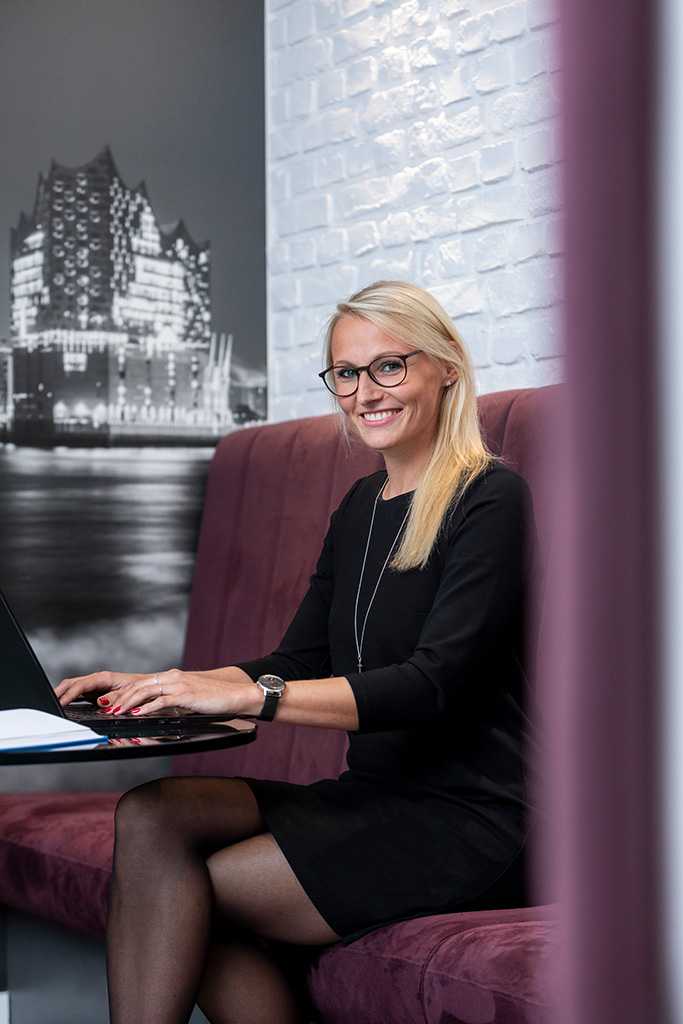
Pillar of
Strength
We teamed up with a leading European clearinghouse to advance its risk management and contribute to the stability in the global financial system.
When the US investment bank Lehman Brothers filed for bankruptcy in September 2008, a previously little-known hero emerged to help save the global financial system from breakdown: the central counterparty clearing house. These organisations stabilise stock exchanges by placing themselves between buyer and seller of any asset to assume their respective default risks. After Lehman’s collapse such neutralisation of precarious trades guaranteed that markets could continue to function orderly – and clearinghouses suddenly rose to prominence.
Party Like It’s 2009
At the 2009 Pittsburgh G20 summit world leaders decided to strengthen central counterparties in capital markets trading in particular for derivatives. That required stock exchanges and their associated clearinghouses to introduce corresponding reforms.
One of these leading clearinghouses contacted us to jointly set up a system for better risk management. Specifically, the system was to help users automatically cleanse and structure financial data, calibrate models to assess trades, calculate specific risks of open positions and wind-down portfolios in case a trading partner defaulted on its obligations.
For that task we assembled a team distributed over three locations: Business analysts worked on the client’s premises. Meanwhile, IT architects and testers developed the new software at our Munich headquarters and in our nearshore office in the Polish city of Wrocław. One of them was our senior business analyst Małgorzata Jajuga.

“For me the project was a great stepping-stone. I transitioned from Business Analyst to managing the team in Wrocław. I enjoyed the challenge of aligning the work across locations and to experience our client’s progress first hand. So, it was all the more rewarding to see the project and our client succeed.”
Małgorzata Jajuga, Senior Project Manager
A central element of the system we designed is the so-called Risk Calculating Engine. That is the software that calculates market risks. For its development, we used our own Model Execution Environment, an isolated environment for the protected execution of applications, and we chose a modular platform strategy. This modular approach allowed a lot of flexibility to continuously integrate new functionalities. In the longer term, it will enable our client to swiftly react to new requirements in the future.
Faster, simpler, safer
Another aspect is the quality of the data. Running complex risk models requires high quality of inserted market data and sophisticated parameterisation of the models. With the new software these processes for data cleansing and model calibration are almost entirely automated. That makes it easier for non-specialists to use the software, enhances the efficiency of all employees and improves quality and accuracy of the calculations.
Auspicious Automation
before
today
Steps to Setting-up
new products:
200
1
Time required for
data cleansing:
4 dys
2 hrs
before
today
To further facilitate daily workflows, we also developed a graphical user interface. Previously, setting up new products had required about 200 separate steps. Now many of these are automatically executed in a standard procedure where users are intuitively guided through the process. As a result, using the Risk Calculating Engine is faster, simpler and, thanks to its standardised input-method, better secured against erroneous entries.
Finally, for the hand-over of software operation and maintenance to the client we relied on our own tried and tested method for knowledge transfer. Therfore, we passed on all the necessary skills in several phases through a mix of team supervision, training schemes and specific workshops.
How to Get in Touch
Do reach out to our regional experts who will be glad to assist you or put you in touch with our specialists.



Related Content

Knowhow - Business Technology
Connecting Two
Different Worlds
Explore our work in Business Technology ›
Knowhow - Quant IT for Finance

